SUMMARY
This is AI generated summarization, which may have errors. For context, always refer to the full article.
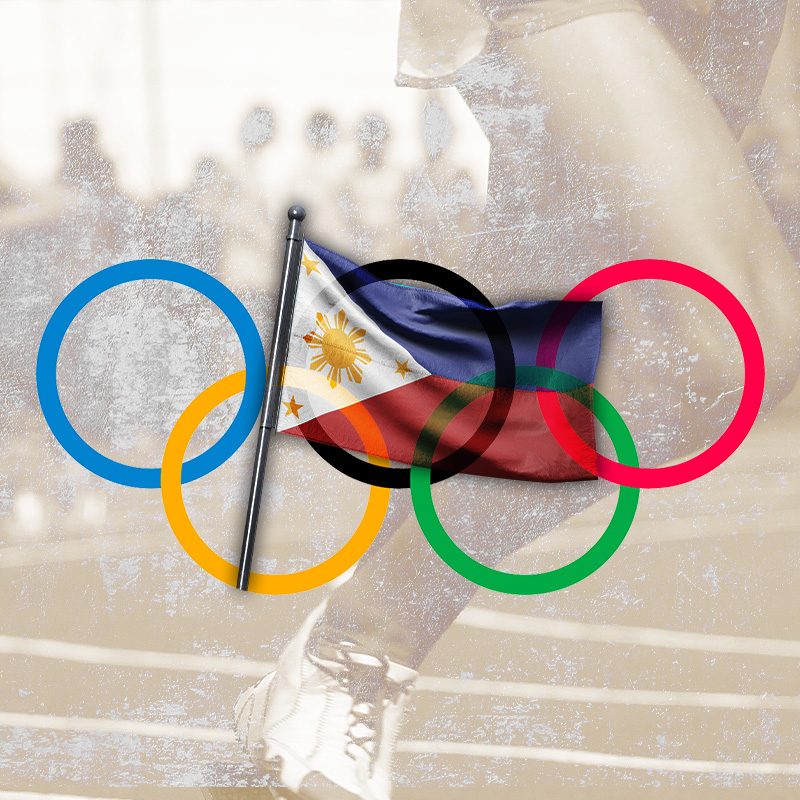
Since its Olympic debut in the the 1924 Paris Games, the Philippines has seen action in every edition except for one – the 1980 Summer Olympics where the Philippines joined the United States and a number of its allies in boycotting the games hosted by Moscow. The move was in protest of the 1979 Soviet invasion of Afghanistan.
Here are other interesting facts about the country’s colorful history in the world’s biggest sporting event:
1
When the Philippines debuted in the 1924 Paris Olympics, only one athlete represented the country – runner David Nepomuceno, who raced in the 100 meter and 200 meter events. Nepomuceno finished fifth in his heat in the 100m and third in the 200m heat. He failed to advance to the quarterfinals.
2
Next to Malaysia, the Philippines ranks No. 2 among countries with the most Olympic medals won without a gold (three silvers, seven bronzes). Malaysia has bagged a total of 11 medals (seven silvers, four bronzes).
3
The most number of medals the country won in a single Olympic stage was in the 1932 Los Angeles Games. Three Filipino athletes captured bronze medals – high jumper Simeon Toribio of athletics, boxer Jose Villanueva, and swimmer Teofilo Yldefonso, who competed in the 200m breaststroke.
4
The first time Filipina athletes represented the country in the Olympics was in the 1956 Summer Games in Melbourne, Australia. Four women donned the country’s colors – hurdlers Manolita Cinco and Francisca Sanopal joined the athletics competition, while Gertrudez Lozada (100m freestyle, 400m freestyle) and Jocelyn Von Giese (100m backstroke) saw action in swimming.
5
Boxing has been the most productive sport for the Philippines as it has delivered five medals for the country.
Two silvers came courtesy of featherweight Anthony Villanueva in the 1964 Tokyo Olympics and light flyweight Mansueto “Onyok” Velasco in the 1996 Atlanta Games.
The three bronze medals were garnered by Anthony’s father Jose Villanueva (1932 Los Angeles), light flyweight Leopoldo Serantes (1988 Seoul), and Onyok’s older brother Roel Velasco (1992 Barcelona).
6
Pole vaulter EJ Obiena and judoka Kiyomi Watanabe were chosen as the Philippines’ opening ceremony flag bearers in the Tokyo 2020 Olympics. Watanabe, a four-time Southeast Asian Games gold medalist, will be the sixth Filipina athlete who earned the honor either in the opening or closing ceremonies.
Other females who have had the same privilege were swimmer Gertrudez Lozada (1956 Melbourne), weightlifter Hidilyn Diaz (2012 London opening), swimmer Jasmine Alkhaldi (2012 London closing), the late Ian Lariba of table tennis (2016 Rio opening), and taekwondo jin Kirstie Alora (2016 Rio closing).
7
The Philippines has qualified seven times in the country’s most popular sport of basketball, the last in the 1972 Munich Olympics.
The Philippines has made the quarterfinals of the Olympics twice, placing fifth in 1936 Berlin, still the best finish by any Asian team in the Olympics, and seventh in 1956 Melbourne, also the second-best record in the continent.
8
Out of the 21 times that the Philippines has joined the Olympics, the country has medaled in only eight editions of the Summer Games.
9
Although archery and taekwondo will not be represented in this year’s Olympics, these two events used to be rich sources of Olympians for the Philippines.
The two events have each fielded nine athletes and one of the most prominent bets was archer Jasmin Figueroa, who stunned world No. 9 Natalia Valeeva of Italy in the elimination round of the 2004 Athens Olympics.
Jins Stephen Fernandez and Bea Lucero-Lhuillier also saw action when taekwondo was introduced as a demonstration sport in 1992 Barcelona where they both won bronze medals.
10
The Philippines has won three silvers and seven bronzes for a total of 10 Olympic medals.
The silver medals came from boxers Anthony Villanueva (1964 Tokyo) and Onyok Velasco (1996 Atlanta), and weightlifter Hidilyn Diaz (2016 Rio).
Swimmer Teofilo Yldefonso is the only multi-medaled Filipino Olympian after winning the bronze in the men’s 200 meter breaststroke in both the 1928 Amsterdam and 1932 Los Angeles.
Other bronze winners were boxing’s Jose Villanueva (1932 Los Angeles), Roel Velasco (1992 Barcelona), and Leopoldo Serantes (1988 Seoul), and athletics Simeon Toribio (1932 Los Angeles) and Miguel White (1936 Berlin).
11
The biggest delegation the Philippines has sent to the Olympics was in the 1972 Munich Games where the country sent 53 athletes to compete in 11 events – archery, athletics, basketball, boxing, cycling, judo, sailing, shooting, swimming, weightlifting, and wrestling.
The Philippines did not win any medal that year. It was also the last time the country competed in basketball where it finished in 13th place.
12
The 1996 Atlanta Olympics saw the Philippines send a lean 12-athlete delegation. But it was also the edition where Onyok Velasco won the country’s first silver medal since boxer Anthony Villanueva settled for a runner-up finish in 1964 Tokyo.
Flyweight boxer Elias Recaido was also a step away from a podium finish then after winning his first two fights before bowing to a Cuban opponent in the quarterfinals.
That year, Weena Lim became the first Filipino badminton player to qualify for the Olympics, but it was also the last Olympic appearance of two legendary Filipinas, Elma Muros of athletics and Akiko Thompson of swimming. – Rappler.com
Add a comment
How does this make you feel?
![[OPINION] Faster, higher, stronger – together](https://www.rappler.com/tachyon/2022/03/dual-citizenship-ispeak.jpg?resize=257%2C257&crop_strategy=attention)
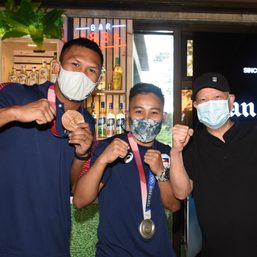
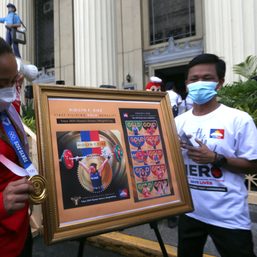
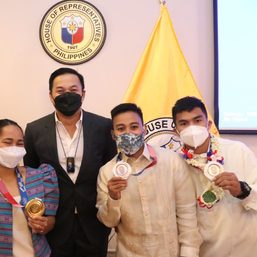
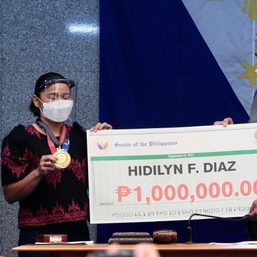
There are no comments yet. Add your comment to start the conversation.